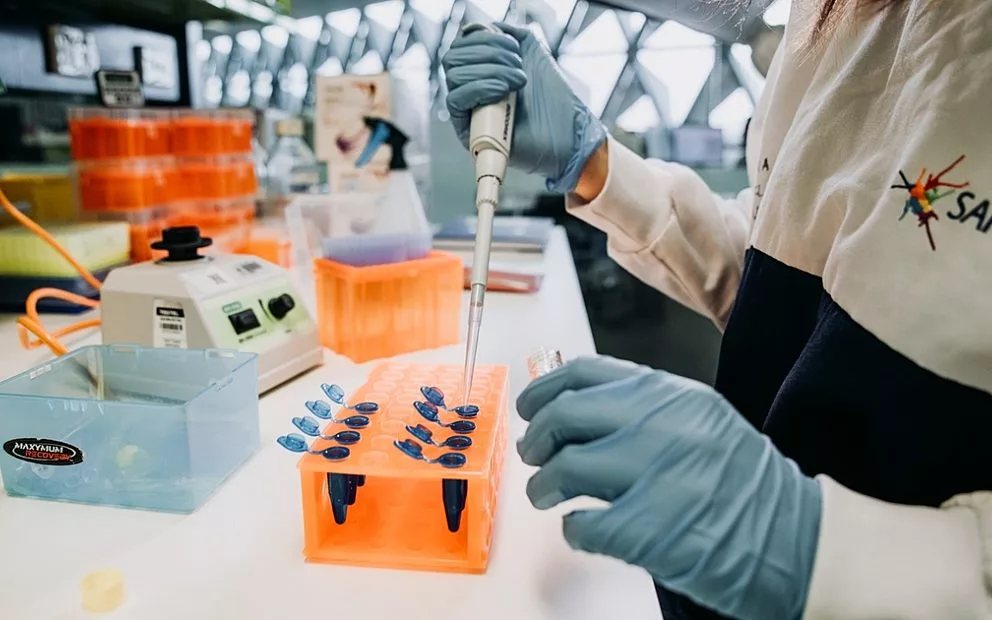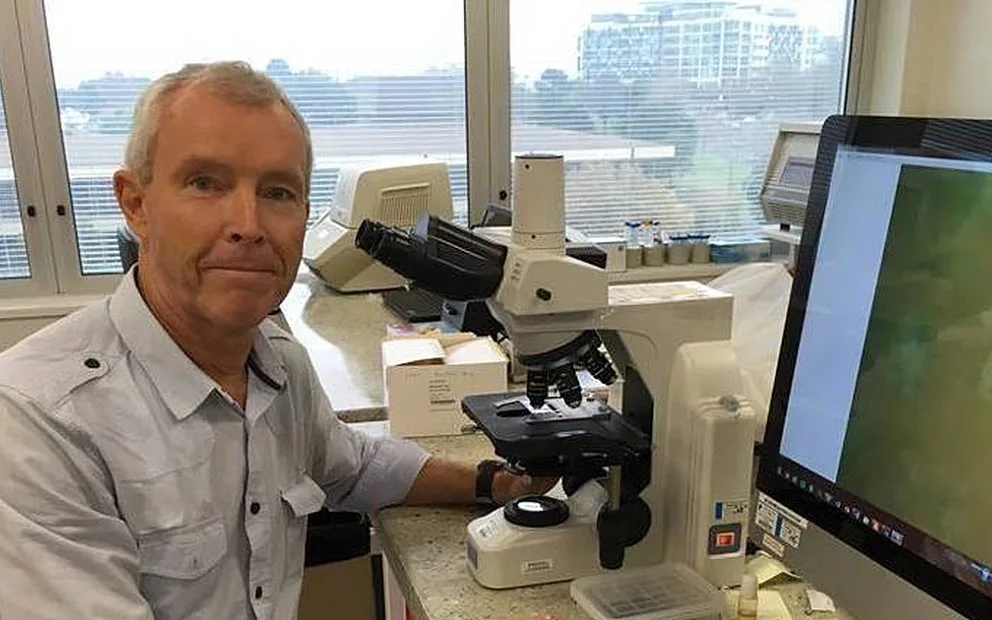South Australians are going to get tired of virus restrictions. But a specialist team advising our political and health leaders know that and they’ve been busy planning for every situation.
South Australia could face an almost two-month lockdown to control a widespread COVID-19 breakout if compliance level was only medium, under one scenario examined by officials, and community “fatigue” could undermine its effectiveness.
SAHMRI has thrown its scientific muscle behind a project to assess possible situations so that leaders, including chief public health officer Professor Nicola Spurrier and state co-ordinator, Commissioner Grant Stevens, have the best evidence when making difficult decisions.
Studies of behaviour in France, Germany, UK and US during lockdowns found that after a steep decline in activity, a “small but steady increase in activity sets in” – a risk that people, including those in Melbourne’s lockdown, simply get tired of the restrictions.
As the state anxiously waits to see if the Thebarton COVID cluster is contained, various situations are being assessed by SAHMRI for state leaders.
SAHMRI’s recent “Evidence Updates” include topics such as “Effectiveness of lockdowns” and “Responding to increased cases”.
The Health Policy Centre in SAHMRI has done 18 updates since the pandemic hit, in a process that removes lobbyists, anecdotes or “gut instincts” and instead provides facts as decisions are made which affect the state’s economy, health and social fabric.
Topics include whether schools should stay open – it was researched three times and each time confirmed they should stay open – and if loss of taste and smell is a legitimate symptom.
This was researched twice, concluded it was a genuine symptom twice, and South Australia became one of the first places in the world to include it as a symptom.
Other issues examined include the safety of air travel, whether health workers are at heightened risk, if temperature screening is an effective warning and how to deal with COVID in aged care and prison settings.
Director of SAHMRI’s Health Policy Centre Caroline Miller, a Professor of Public Health at the University of Adelaide, said leaders such as Professor Spurrier posed a question and SAHMRI researched all available evidence for an answer.
“We normally do this sort of thing with tobacco, alcohol and obesity and are now doing it with COVID,” Prof Miller said.
“It is the ability to synthesise and present evidence, translated from academic stuff into something relevant and timely. It is absolutely about presenting the available evidence.”
On lockdowns, the work found numerous studies indicating they work, especially when implemented during the early rises in cases.
“Late lockdowns (e.g. following the peak in cases) appear to be less effective,” it concluded. “There are also regional differences in the effectiveness of lockdowns.
“Studies reporting on the time taken to see a reduction in cases suggest that it requires at least seven days and possibly up to 54 days with only medium rates of compliance.
“International studies report that regional lockdown strategies can be effective but have risks and challenges with implementation.
“Community compliance is essential for them to be effective. Compliance with Australia and New Zealand’s original lockdowns was sufficient for them to be highly effective … There is concern that community fatigue may increase and compliance may fall.”
This story is reproduced with permission from the Advertiser.





